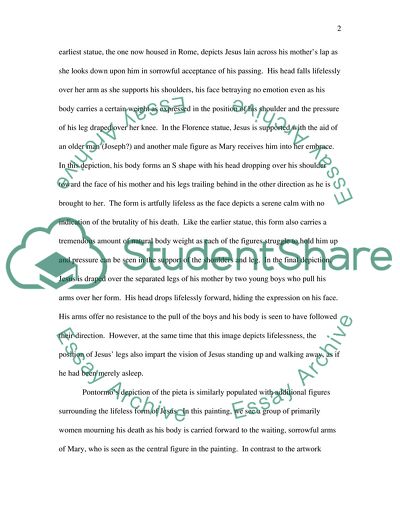Cite this document
(The Pieta Assignment Example | Topics and Well Written Essays - 2000 words, n.d.)
The Pieta Assignment Example | Topics and Well Written Essays - 2000 words. https://studentshare.org/visual-arts-film-studies/1703863-discuss-pieta
The Pieta Assignment Example | Topics and Well Written Essays - 2000 words. https://studentshare.org/visual-arts-film-studies/1703863-discuss-pieta
(The Pieta Assignment Example | Topics and Well Written Essays - 2000 Words)
The Pieta Assignment Example | Topics and Well Written Essays - 2000 Words. https://studentshare.org/visual-arts-film-studies/1703863-discuss-pieta.
The Pieta Assignment Example | Topics and Well Written Essays - 2000 Words. https://studentshare.org/visual-arts-film-studies/1703863-discuss-pieta.
“The Pieta Assignment Example | Topics and Well Written Essays - 2000 Words”. https://studentshare.org/visual-arts-film-studies/1703863-discuss-pieta.


